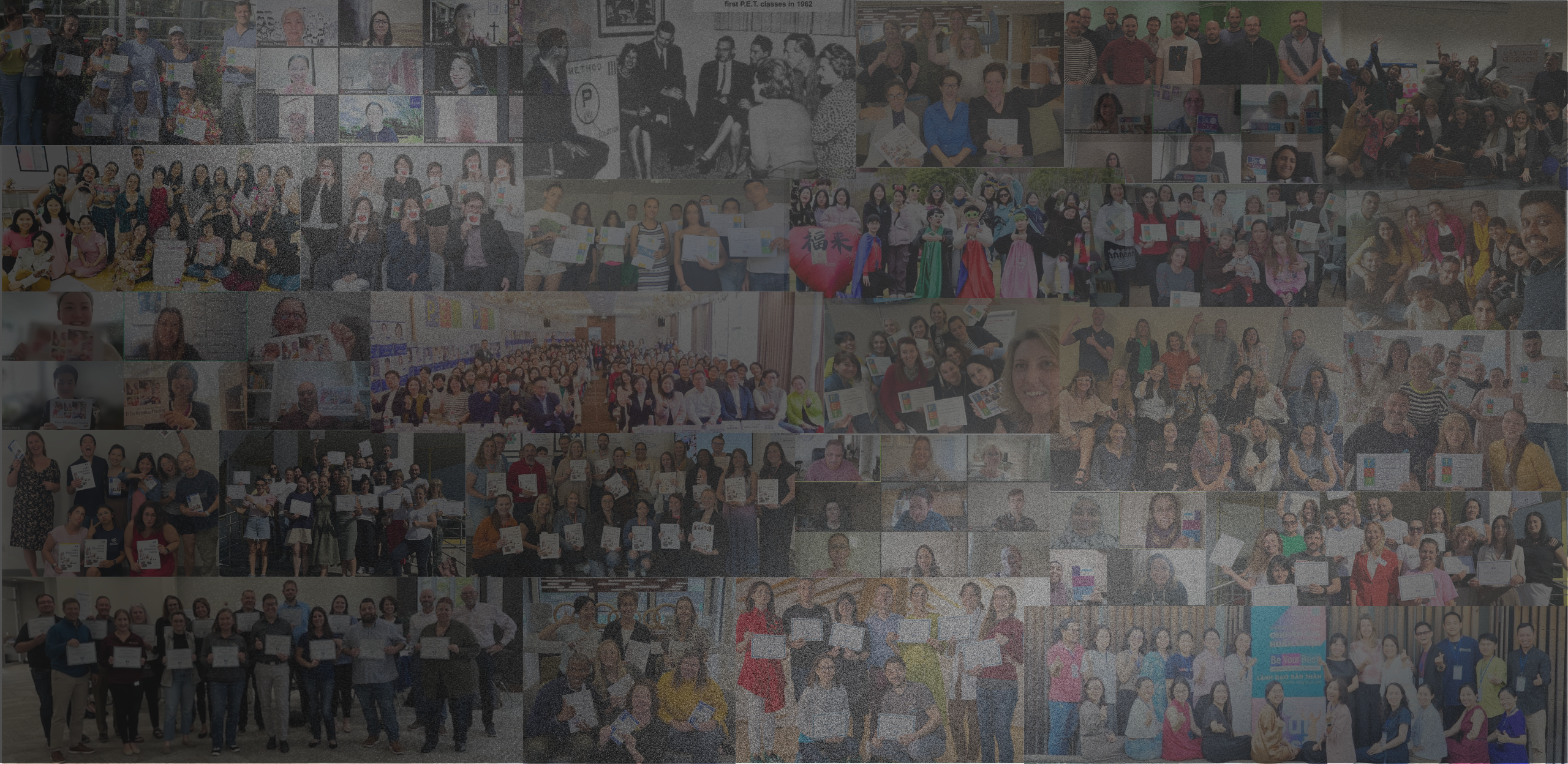“There’s one thing you can start doing right now that will
change how you communicate with any young human:
Remember what it’s like to be one.”*
For most of us, being a teenager wasn’t easy. Adolescence usually means a struggle for teenagers to find out who they are, what strengths they have, and what will give them feelings of personal achievement and high self-esteem.
Some teenagers find it painfully hard to make friends, and even when they do, those relationships can be rocky and bring deep disappointments. Adolescence is also a period in which there are inevitable conflicts with parents and others. Kids need all the help we can give them as they try to move from childhood toward becoming a responsible and productive adult.
Some parents also find that their once chatty, happy and engaged kid, who is now a teenager, has become a more withdrawn and quiet person who comes and goes without engaging much and who stays in their room a whole lot more.
When asked how school is or how they are, you might get a “Fine” or hear a sigh, followed by an “Okay” and nothing more. That can be pretty worrisome for parents clearly. So how can parents help their young adults feel comfortable opening up more, sharing more?
Let’s take a look at how listening can help.
When a teen “Owns a Problem” or is experiencing strong feelings and Basic Listening is not enough, then the skill of “Active Listening” is needed.
When Should You Active Listen?
To successfully use Active Listening when your teenager has a problem, a decision to make or strong feelings about something, you need to:
• Have time and be willing to listen
• Want to understand and help them
• Be able to focus your attention on them, not on yourself
• Trust your teen to come up with solutions that are best for them
Why Does Active Listening Help?
1. Relieves “emotional flooding”. When a teenager is experiencing a problem, feeling can overwhelm thoughts. They can become emotionally flooded when feeling crowds out thoughts. Active Listening relieves emotional flooding and frees the intellect to get back to work.
2. Helps the other person to identify her real problem. When a teen tells you about a problem, it is easy to immediately begin thinking about how you can help them resolve that situation. But what they first tell you is not the real or complete problem. Most problems are like onions; they have a number of layers. By Active Listening to the teenager, you can help them peel back the layers of the problem and identify the central issue.

Presenting Problem: “I hate Tanya!”
Second Layer: “Tanya gets so much attention.”
Third layer: “It’s so easy for her to make friends.”
Real problem: “I wish I were better at making friends.”
3. Assists the teen in solving her own problem. Once the “real problem” has been identified, most young people as well as adults, have within themselves the solution that is best for them. Solving their own problems increases creativity, self-confidence and problem solving abilities.
*Quote by Justin Young


